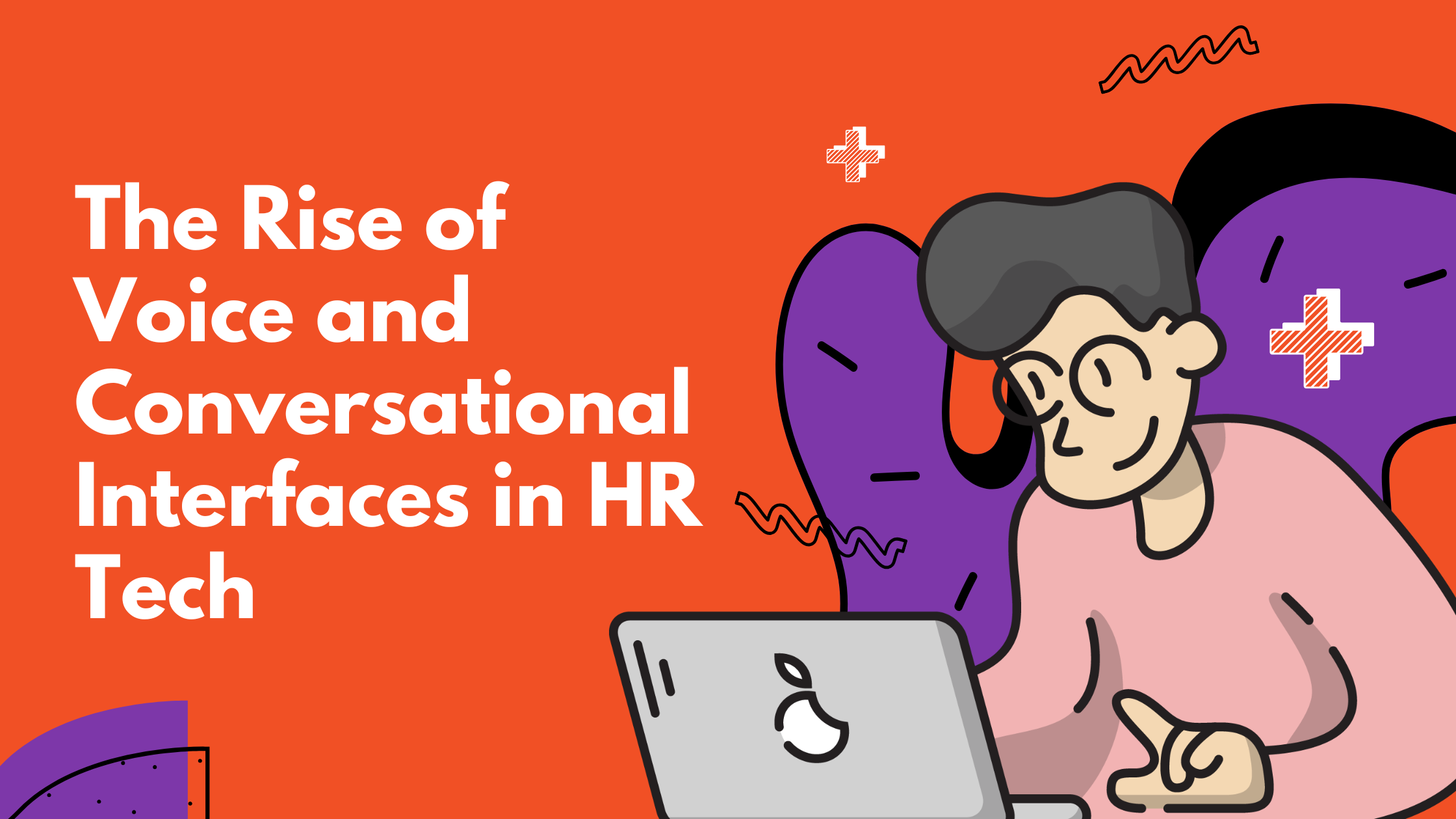In a world where we ask Siri to set alarms and Alexa to play our motivational playlists, it was only a matter of time before HR tech caught up. Voice and conversational interfaces—once the domain of futuristic living rooms—are now making quiet (but impactful) strides into the world of human resources.
And no, it’s not just about automating tasks. It’s about rethinking how employees, managers, and HR systems interact.
From Clicks to Conversations
HR tech has long suffered from clunky navigation and poor user experience. Most systems require too many clicks, too many forms, and too much “tech speak.” But conversational interfaces are flipping that script.
Think about it:
-
A new hire can ask a chatbot, “Where do I upload my ID?” instead of digging through the onboarding portal.
-
A manager can say, “Show me turnover trends by department for the last six months,” and have analytics delivered instantly.
-
An employee can speak, “What’s the policy on remote work?” and get an answer in seconds.
These voice and chat-based interactions reduce friction, boost accessibility, and bring HR services closer to the way we naturally communicate—especially for remote workers, field staff, or employees with disabilities.
Where It’s Gaining Ground
We’re now seeing conversational AI embedded in multiple areas of the HR ecosystem:
-
Analytics: Simply tell the system what data you want and how to slice it—AI processes it as a prompt and delivers insights.
-
Policy Chatbots: Employees can ask for policy information and get instant answers without hunting through intranet pages.
-
Survey Analysis: AI can digest survey results and apply predictive analytics to spot emerging issues.
-
Talent Acquisition: From career pages to screening, candidates can apply via chatbot, answer questions, and schedule interviews in a conversational way.
-
Onboarding: Virtual assistants guide new hires, check submitted documents for quality, capture expiry dates, and flag missing information.
-
Compliance Checks: AI can review local regulations for time off, work hours, or payroll, ensuring policies and processes stay compliant.
-
Benefits Administration: Employees can enrol in benefits via conversational flows, making the process faster and more intuitive.
Not Without Risks
This shift isn’t without challenges. Voice and conversational tools raise questions around privacy, data accuracy, and language accessibility. Not everyone feels comfortable talking to a machine—especially when it’s collecting sensitive personal data.
HR leaders should treat conversational interfaces like any other tool: context is key. Not every process should be automated, and AI’s “understanding” is still limited when nuance is involved.
So, Should HR Teams Get Chatty?
In short—yes, but strategically.
Voice and conversational AI can:
-
Improve employee experience
-
Speed up access to information and services
-
Reduce HR’s operational workload without adding headcount
The best HR tech feels intuitive, responsive, and human. Sometimes, that starts with a simple conversation—whether typed, tapped, or spoken aloud.

.png?width=2240&height=1260&name=The%20Rise%20of%20Voice%20and%20Conversational%20Interfaces%20in%20HR%20Tech.%20Blog%20Banner%20(1).png)
